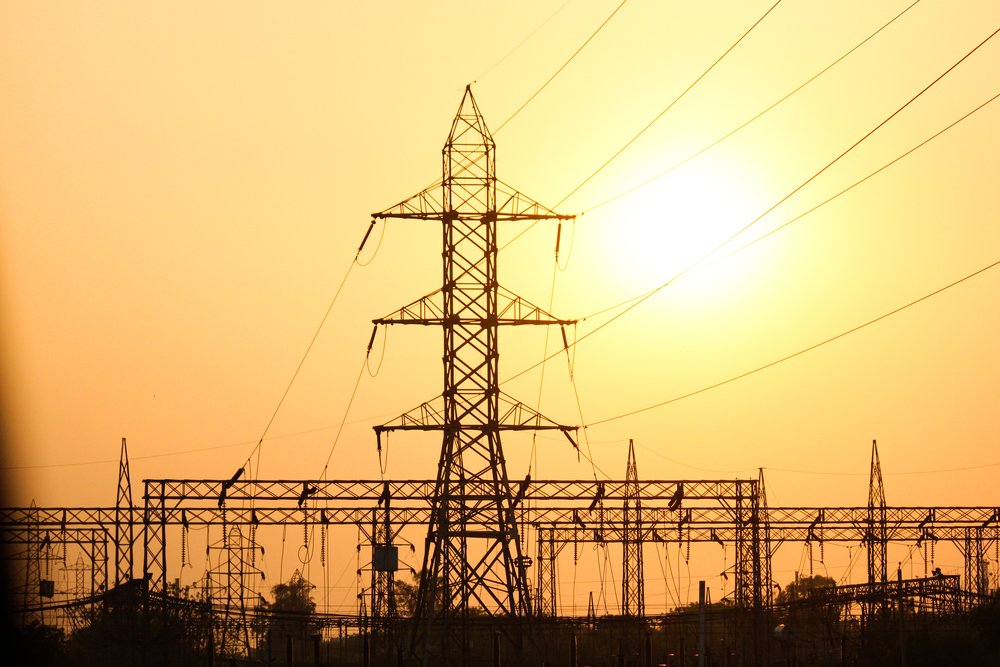Do you know that India is the world’s third-largest electricity producer? India has come a long way from producing mere 1,362 megawatts at the time of Independence in 1947 to an installed power capacity of over 408.71 GW as of October 31, 2022. The government declared the issuing of sovereign green bonds in the Union Budget 2022-23, as well as the designation of energy storage technologies, including grid-scale battery systems, as infrastructure. A PLI plan to stimulate the manufacture of high-efficiency solar modules was granted Rs. 19,500 crores (US$ 2.57 billion) in the same budget. The provision of 100% FDI in the electricity industry has increased FDI inflows.
Power is a critical component of national well-being and economic success. To sustainably build the Indian economy, enough electrical infrastructure must exist and be created. India’s power-generating sources span from coal, lignite, natural gas, oil, hydro, and nuclear power to feasible non-conventional sources such as wind, solar, and agricultural and residential waste. India’s power consumption is still being driven by sustained economic expansion. The Government’s emphasis on achieving “Power for All” has hastened capacity addition in the country. Although electricity output has increased more than 100-fold since independence, consumption has increased even faster due to rising economic activity. Today, practically every resident has access to grid electricity, power shortages have significantly diminished, and installed renewable energy capacity has surpassed one-fourth of total capacity. However, the power sector, majorly driven by the public sector continues to make heavy losses. This leads to a rise in the need of the private sector to boost this industry with efficiency and profitability.
Click Here To Download The Paper


📌Analysis of Bills and Acts
📌 Summary of Reports from Government Agencies
📌 Analysis of Election Manifestos

